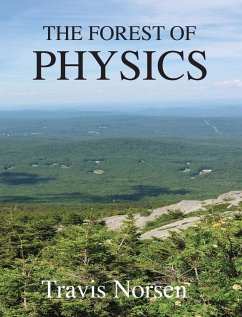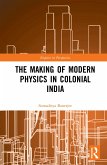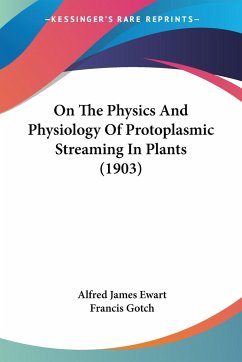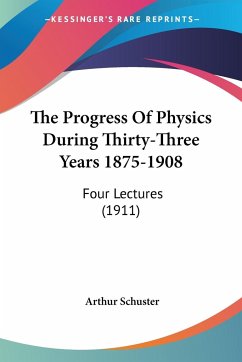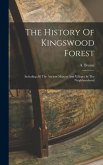Albert Einstein once lamented that "so many people today - and even professional scientists - seem to me like somebody who has seen thousands of trees but has never seen a forest." He suggested that a "knowledge of the historic and philosophical background" of science would help provide "independence from prejudices" and make each student into, not "a mere artisan or specialist [, but] a real seeker after truth." This unique and unorthodox physics text supports Einstein's vision. It guides readers through the origins and applications of the three great pillars of pre-20th century physics: Newton's theory of universal gravitation, Maxwell's theory of electromagnetism, and the atomic theory of matter. Created for a high-level introductory college course aimed at students with significant prior exposure to physics, the book does not shy away from technical and mathematical rigor. But unlike traditional physics texts, The Forest of Physics embraces the messy historical evolution of these ideas. It provides students with a rich, big-picture understanding of not just the consensus conclusions of science, but a sense of how and when and why scientists came to believe those conclusions, often through long-standing confusion and controversy, across the decades and centuries. Readers will find that the book situates familiar topics in eye-opening historical context and also introduces fascinating new content that is not part of the traditional introductory physics curriculum. The text includes not only end-of-chapter conceptual Questions and calculational Exercises, but also access to an extensive library of more in-depth Projects designed to develop students' skills in computer modeling, data analysis, experimental physics, and problem solving. Expected to be of interest to self-motivated physics students of all ages and expertise levels, the book aims to make students into "real seekers after truth" by helping them rise above the trees and appreciate, as Einstein recommended, The Forest of Physics.
Hinweis: Dieser Artikel kann nur an eine deutsche Lieferadresse ausgeliefert werden.
Hinweis: Dieser Artikel kann nur an eine deutsche Lieferadresse ausgeliefert werden.
